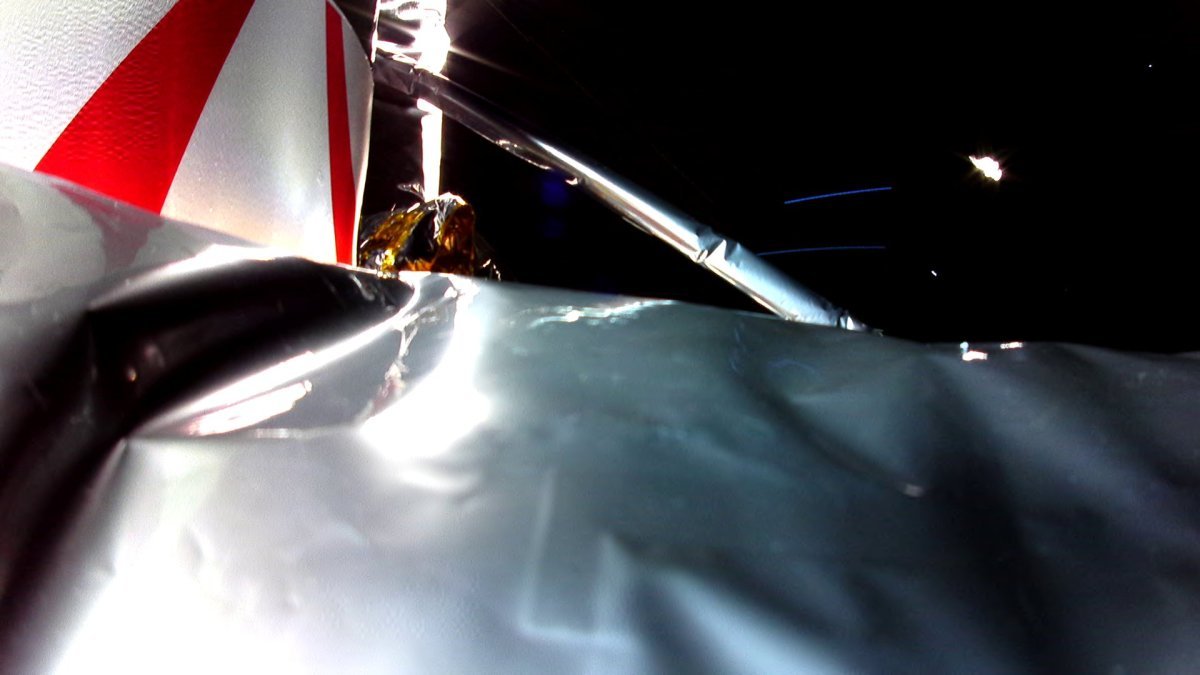After a triumphant ascent aboard United Launch Alliance’s Vulcan Centaur rocket this morning, Astrobotic Technology revealed a devastating blow to their lunar lander’s propulsion system, effectively halting their chance at a successful moon landing.
The Pittsburgh-based startup announced via X that a “failure within the propulsion system” has caused an essential loss of propellant, forcing the team to shift their focus towards capturing the most data and scientific findings possible. They are currently exploring alternative options for the mission in light of this setback.
The team is working to try and stabilize this loss, but given the situation, we have prioritized maximizing the science and data we can capture.
The initial trouble arose just hours after liftoff, when Peregrine (the lander in question) experienced difficulty orienting itself towards the sun and recharging its batteries. While the Astrobotic team was able to rectify the issue and recharge the spacecraft’s batteries, they confirmed that the root cause was a failure within the propulsion system.
In a subsequent statement, Astrobotic shared that they are utilizing the lander’s current power resources to perform “as many payload and spacecraft operations as possible.”
In 2018, Frontier Aerospace Corporation was selected by Astrobotic to provide the thrusters for Peregrine, with Dynetics in charge of integrating the system’s components (including thrusters, tanks, and feed systems) into a cohesive propulsion system.
The propulsion system is an essential element for any spacecraft, and it holds even greater significance for this particular mission as it involves a complex maneuvering process en route to the moon. Astrobotic’s approach was to gradually lower the lander’s orbit through a series of intricate maneuvers before attempting a soft landing on February 23rd – a feat which would require sufficient fuel.
Back in 2019, NASA selected Astrobotic to deliver five scientific payloads to the moon through their Commercial Lunar Payload Services (CLPS) program, which aims to promote the development of payload delivery services from commercial providers. In light of the ambitious nature of a moon landing, NASA granted awards to multiple companies under the program, including Intuitive Machines (set to attempt their own lunar landing next month) and Firefly Aerospace (preparing for their first lunar mission later this year).
Joel Kearns, deputy administrator from NASA’s Science Mission Directorate, shared a statement following the launch, stating, “Each success and setback are opportunities to learn and grow. We will use this lesson to propel our efforts to advance science, exploration, and commercial development of the Moon.”
Astrobotic is set to take another shot at a moon landing with their larger Griffin lander later this year, partnering with SpaceX for the launch.
Remember to use appropriate HTML tags for the given elements, such as for emphasis, for italics, and








